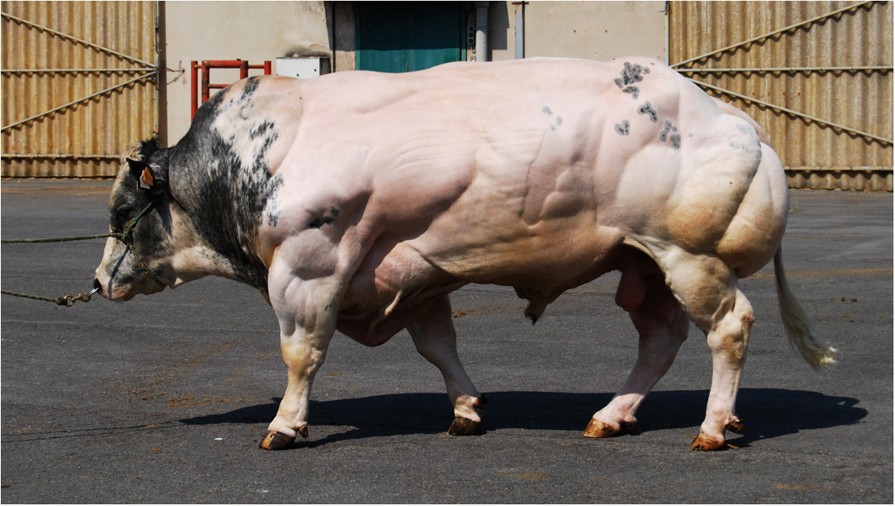She's been temporarily relocated to a small office building in Sedona. Most of it is empty, unfurnished, unused – which makes sense, given that the Foundation built it last week on an isolated lot. Very few anomalies are gracious enough to schedule their appearance, so why not invite them into the middle of the desert? It's not as though the specific building matters, and this way they can pack it to the rafters with dynamite as a precautionary measure.
(There are other precautionary measures, less lethal ones, of which she has not been told. She knows they exist: the Foundation's mandate is to contain, not to destroy. Time and again, the Ethics Committee has ruled that neutralization is an option of last resort. Their regulations are written in blood.
But the Foundation is also the organization that installs high-yield thermonuclear bombs in its covert facilities. Site-17 was constructed in what was once remote wilderness, but now its razor-wire fences run less than a hundred yards from a major highway. Not only will innocents suffer, should the unthinkable happen, but the Foundation will have to intervene at the highest levels of government lest one of the nuclear powers initiate a second strike against some phantom aggressor. If they fail, the casualties will number in the hundreds of millions. Even so, the Foundation will not hesitate.
The mobile task force waiting outside will do their best to secure and contain, but sometimes protection comes in the form of 10,000 pounds of high explosives.)
Morgan agrees with this plan in theory, though she'd rather be back in the lab than waiting for who-knows-what in Nowhere, Arizona. She's a researcher, not a field agent. Still, one does not refuse direct orders from O5, especially when they're delivered personally, so here she sits. Waiting.

